Ten excellent shooters you can download today—no price tag, no excuses, just great gunplay.
The PC free‑to‑play scene has never been healthier. Whether you want sweaty 5v5 tactics, adrenaline battle‑royale chaos, or hero‑driven brawls with big personalities, there’s a no‑cost shooter that fits your style. This list focuses on games that are thriving right now—with active queues, regular updates, fair monetization, and skill expression that rewards time invested. We’ve mixed tactical purists with movement sandboxes, arena throwbacks with team‑ability mash‑ups, and a couple of rising stars coming in hot. Each entry includes a quick “who it’s for” so you can laser in on the best fit. Grab a friend (or three), enable your best voip etiquette, and let’s dive into the 10 free shooters most worth your downloads and your evenings.
10) Counter‑Strike 2 (2023)
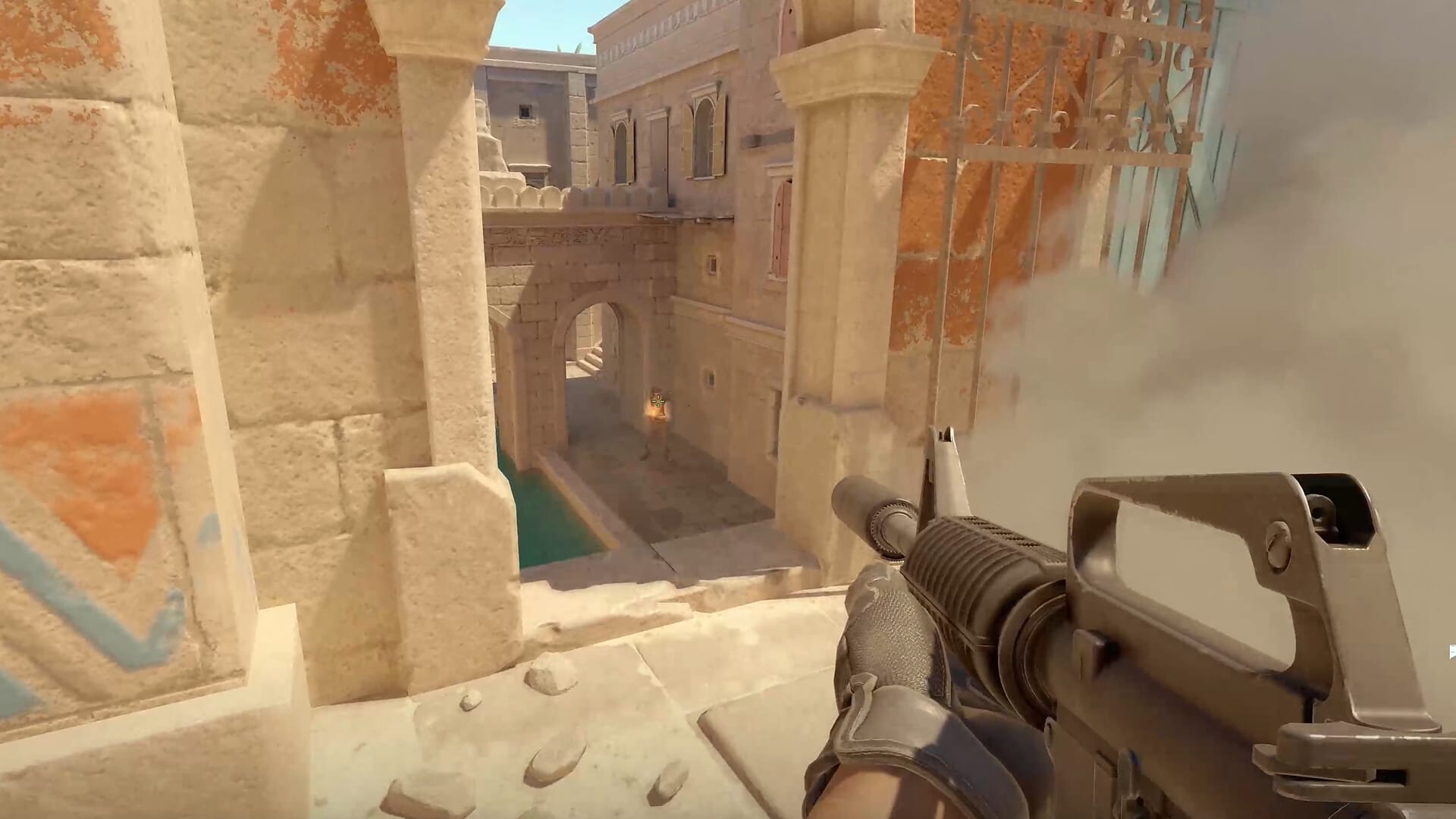
CS2 is the distilled essence of competitive first‑person shooting: tiny time‑to‑kill, razor‑sharp recoil patterns, and endlessly replayable, round‑based economy chess. Valve’s Source 2 upgrade modernizes maps with reactive smokes, volumetric lighting, and subtle geometry tweaks without breaking classic sightlines. The core loop remains exquisite: five‑on‑five bomb defusal where utility, audio cues, and crosshair discipline matter more than flashy ultimates. Free‑to‑play lowers the door, but Premier’s rating and calibrated matchmaking still reward commitment. Personalization lives mostly in cosmetics, leaving balance pristine. Newcomers can learn on community servers and workshop maps; veterans grind set plays and micro‑adjust aim. Every round writes a miniature thriller: dry contact into site, smoke blooms, numbers tick, clutch ensues. It’s pure, punishing, endlessly watchable, and forever iterating through operations, map rotations, and subtle weapon tuning—yet always unmistakably Counter‑Strike. Play for crisp mechanics, stay for the mind games, utility mastery, and economy gambits that define greatness.
Who it’s for: Tactical purists, aim grinders, and anyone who loves economy and utility mind games.
9) VALORANT (2020)
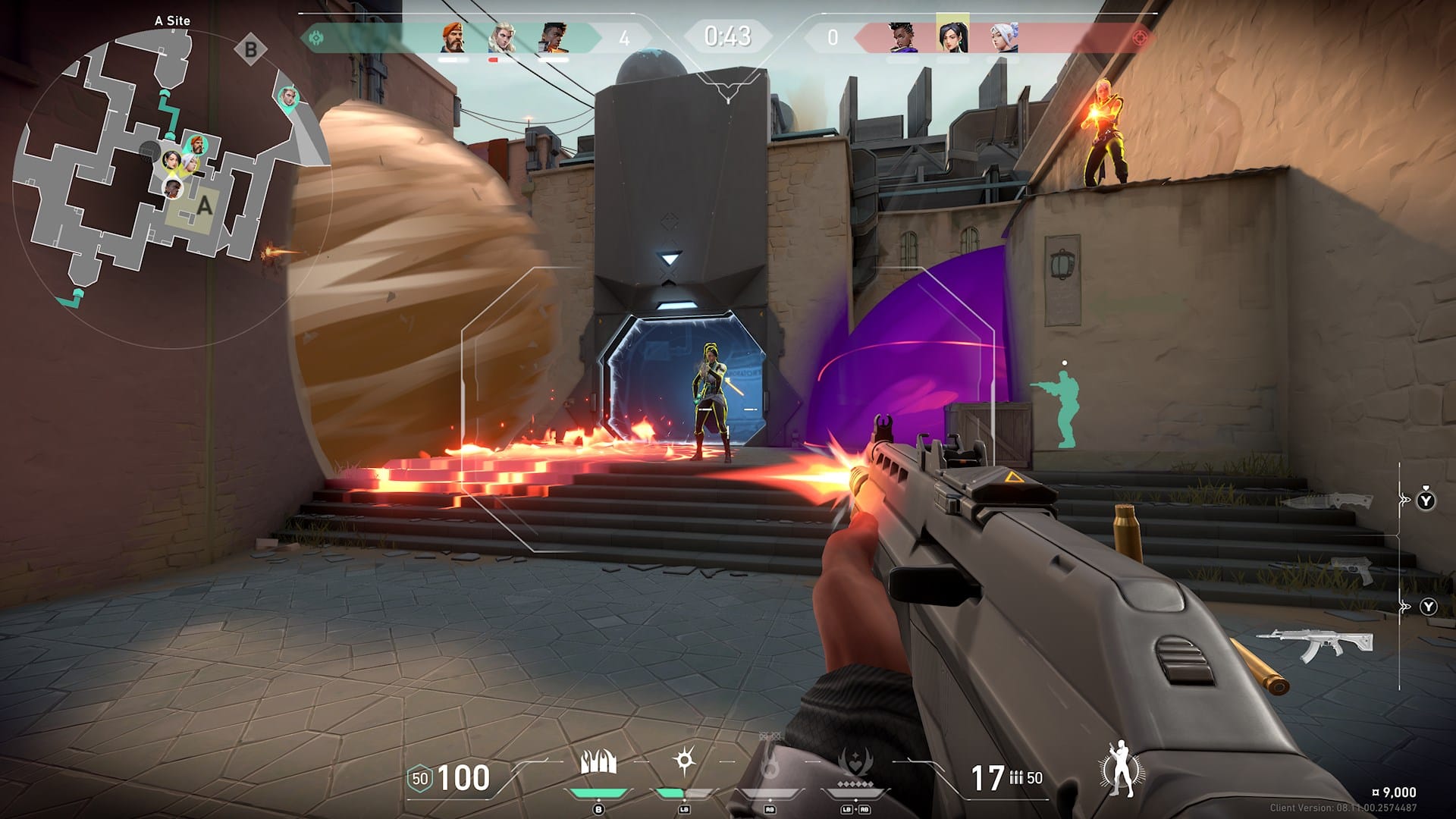
Valorant fuses Counter‑Strike’s tactical DNA with hero shooter flair, then trims excess until every decision matters. Riot’s tight netcode, clear audio, and readable visuals prioritize information over spectacle, making peeks, jiggles, and shoulder baits feel reliable. Agents bring utility—walls, recon darts, stuns, smokes, teleports—designed to enable plans rather than replace fundamentals. Timed abilities shape executes and retakes, yet guns still win rounds. The ranked ladder is a climbing wall with generous stat tracking, seasonal acts, and anti‑smurf calibration. New maps and agents arrive on a predictable cadence with brisk balance passes that keep metas fresh. Monetization stays in the cosmetic lane, so competitive integrity remains intact. Tutorials, the practice range, and unrated modes soften the onboarding cliff; team voice and pings help with coordination. Tight, focused, and readable, Valorant rewards discipline, crossfire theory, and smart utility trading while still leaving space for hero plays and highlight‑reel clutches. Clear goals make improvement steady, satisfying, and addictive.
Who it’s for: Tactical shooter fans who want readable visuals, ability‑driven tactics, and a clear ranked climb.
8) Apex Legends (2019)
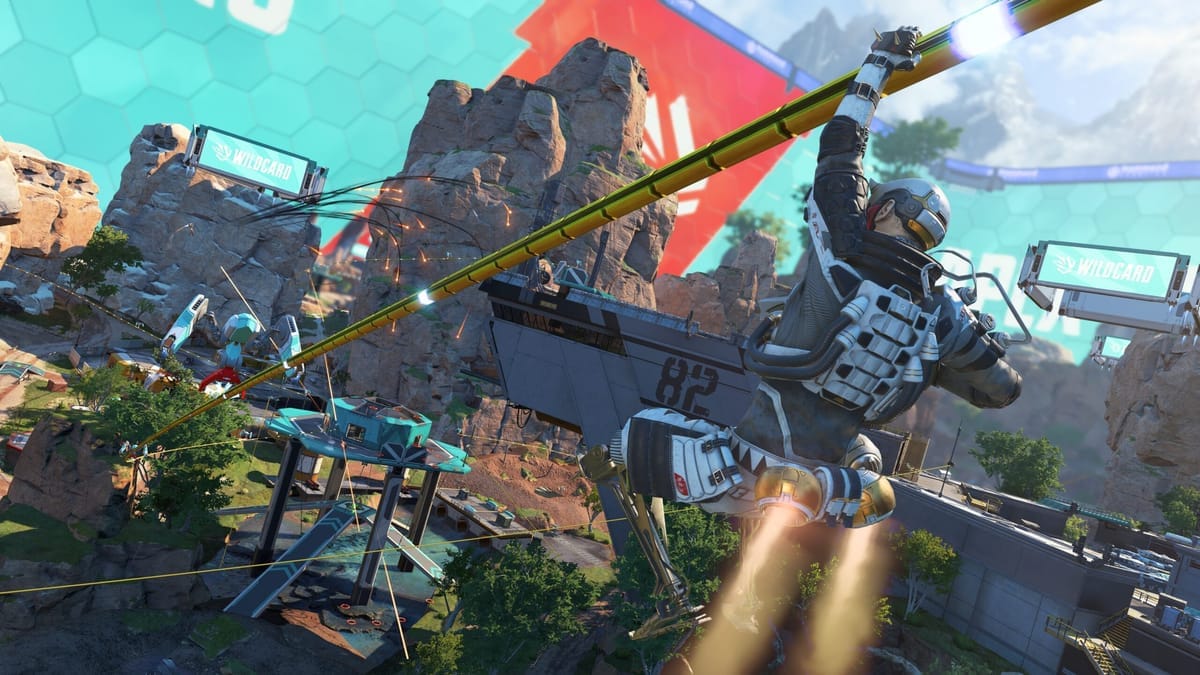
Apex Legends is movement royalty: slides, wall‑climbs, zipline jukes, and momentum‑preserving bunny hops turn every battle royale skirmish into kinetic problem‑solving. Legends supply team‑oriented abilities—scans, bubbles, smoke, portals, movement buffs—built to complement the gunplay rather than overshadow it. The ping system remains industry‑leading, enabling crisp communication without voice. Time‑to‑kill is higher than most BRs, rewarding tracking, recoil control, and target priority across spectacularly designed maps. Seasonal updates refresh loot pools, limited‑time modes, and rotations, while ranked tweaks keep the ladder lively. Microtransactions and battle passes remain optional; crafting and reward tracks steadily unlock cosmetics. Skill expression shines in repositioning and third‑party awareness: knowing when to disengage can win more fights than raw aim. Squads that chain abilities and coordinate angles will thrive, yet solo queue remains viable thanks to smart revive mechanics and the Respawn beacon economy. Gunfeel is snappy, attachments matter, and recoil patterns reward deliberate bursts greatly.
Who it’s for: Movement enjoyers, trio strategists, and BR players who value smart repositioning and synergy.
7) Call of Duty: Warzone (2020)
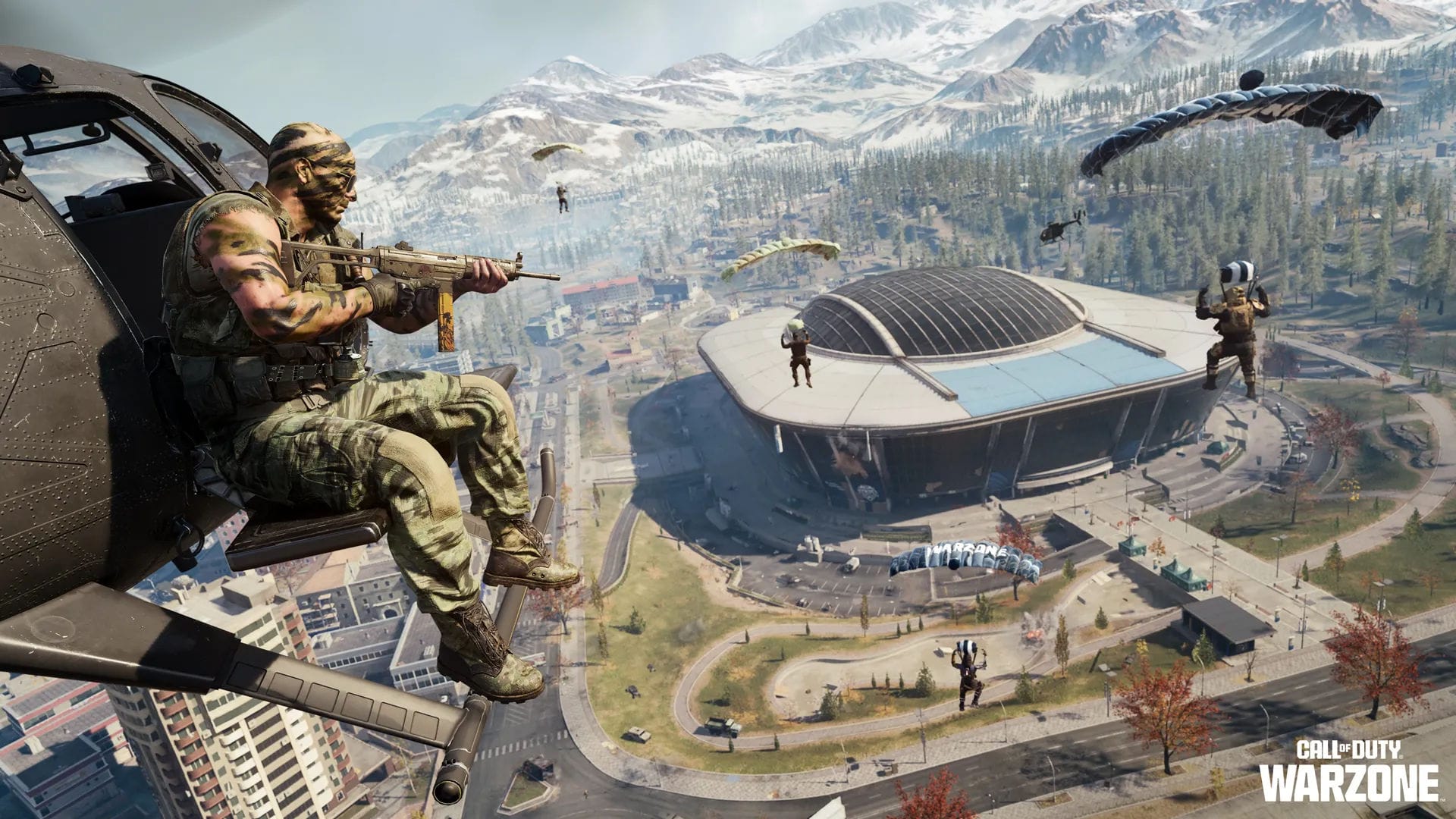
Call of Duty: Warzone delivers the franchise’s silken gunfeel at battle‑royale scale, with nimble movement, fast looting, and readable recoil that favors crisp fundamentals. Rotating large‑scale maps, compact Resurgence variants, and frequent playlists ensure you can chase high‑kill lobbies or tighter, faster rounds. The signature Gulag adds a second life twist, demanding clutch microduels before you redeploy. Loadouts and weapon tuning systems let you sculpt playstyles—from laser‑accurate AR beams to snappy SMGs—while field upgrades, streaks, and vehicles introduce tactical pivots. Cross‑progression ties into the broader Call of Duty ecosystem, yet free players can still compete without buying annual releases. Regular seasons bring balance passes, limited‑time modes, and new toys that reshape engagements. Success demands positioning, trigger discipline, and timing: pick fights, rotate early, and manage audio to avoid third parties. It’s big, booming, and endlessly bingeable, yet surprisingly strategic once you master pacing and power spikes. Team synergy elevates push and hold.
Who it’s for: CoD gunfeel devotees, Resurgence grinders, and squads chasing big plays and cinematic chaos.
6) Marvel Rivals (2024)
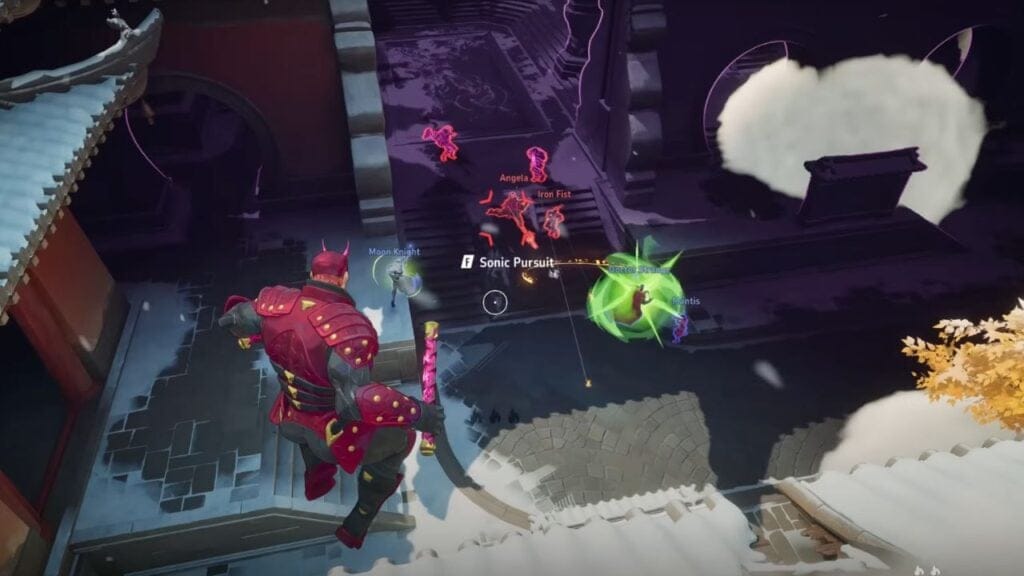
Marvel Rivals plants a fast, 6v6 hero shooter inside a gleefully destructible comic book. Heroes and villains slot into clear roles—duelists, supports, controllers—each packing mobility, utility, and ultimates that reshape chokes or open flanking routes. Team‑up abilities are the headline: pairings trigger over‑the‑top combos that reward coordination, from displacement chains to turreted defenses and brawling power plays. Maps emphasize verticality and destructible cover, so sightlines evolve as fights roll. Objective modes keep rounds snappy while still demanding positioning, target focus, and ultimate economy. Monetization sticks to cosmetics, and seasonal updates promise new heroes, maps, and balance passes to keep the meta moving. For Marvel fans, the roster breadth and playful VO sell the fantasy; for shooter diehards, tight hit‑reg, clear ability telegraphs, and readable silhouettes preserve fair fights. Its pace, clarity, and teamwork‑first design feel immediately welcoming, with a high ceiling for synergized squads that master rotations and combo windows.
Who it’s for: Marvel fans and coordinated teams craving ability combos and quick, objective‑focused skirmishes.
5) THE FINALS (2023)
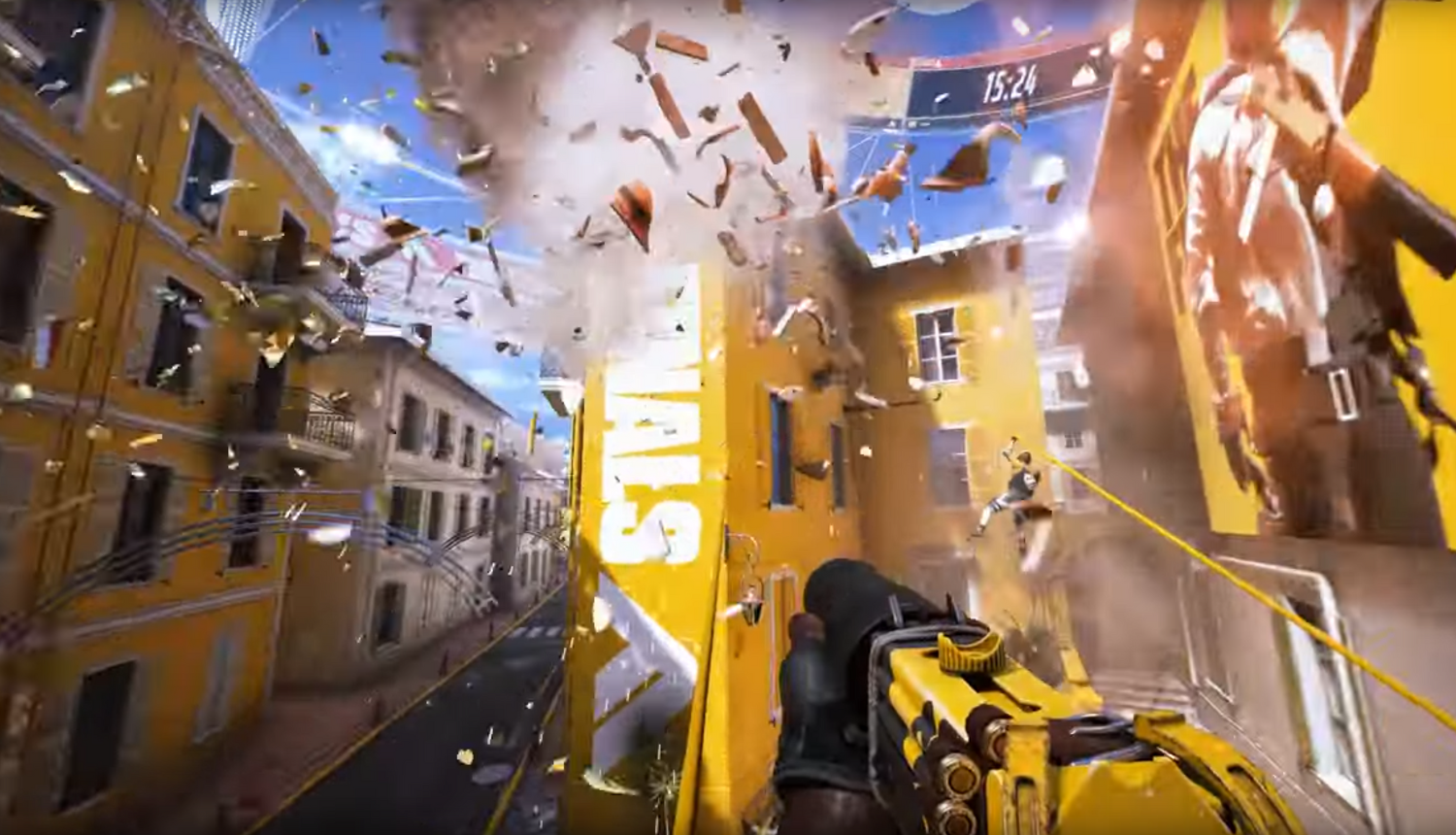
The Finals is a game‑show‑styled FPS where teams steal cash from vaults, then race to extract while other squads and the environment try to delete them. Full‑fat destruction is the star: towers tilt, bridges collapse, walls crumble—opening fresh angles and improvised routes every round. Three flexible classes mix gadgets, movement tech, and health pools; builds can lean stealthy, bruiser, or utility‑centric. Gunplay is crisp, but the sandbox steals the show with foam walls, zip lines, jump pads, gas, fire, and breaching charges. Modes favor short, high‑pressure rounds that punish tunnel vision and reward creative problem‑solving. Progression is generous, skins are cosmetic, and seasonal updates inject new toys without upsetting competitive clarity. Communication and timing win matches: stack ults, chain gadgets, and convert third‑party chaos into momentum. It’s a highlight‑factory where map knowledge, economy management, and demolition savvy matter as much as aim, producing endlessly quotable, chaotic heists that feel brilliantly earned.
Who it’s for: Creative squads who love destruction, gadgets, and heist‑like objectives over pure elimination.
4) Overwatch 2 (2022)
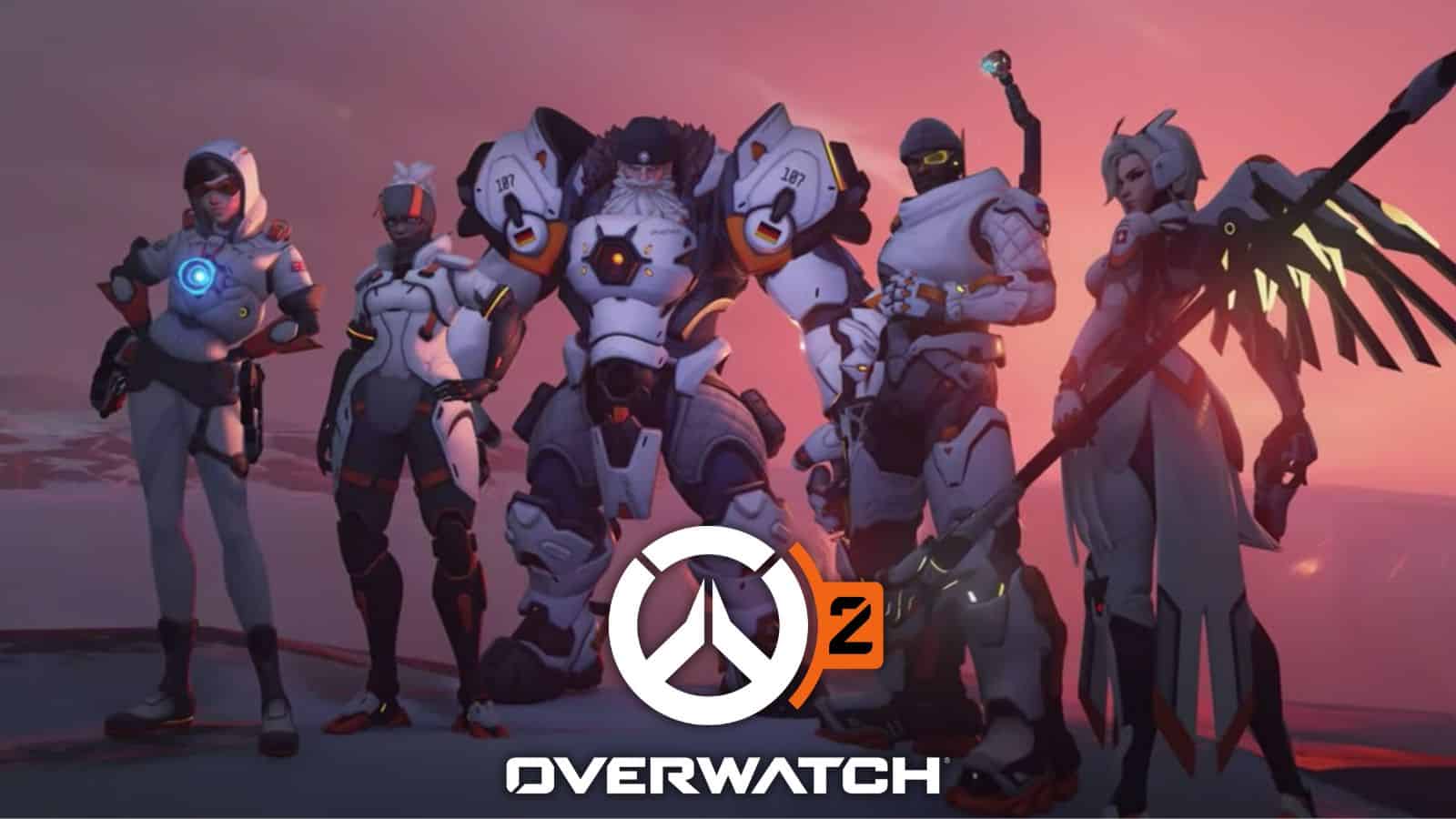
Overwatch 2 trims the original’s density into 5v5 clarity, spotlighting playmakers while preserving team synergy. Tight maps funnel friction, objectives push tempo, and distinct role identities—tank, damage, support—create readable win conditions. Tanks set space, supports juggle sustain with playmaking utility, and DPS convert openings into picks. Abilities are impactful but carefully telegraphed, so counterplay remains central: swap heroes, adjust pathing, and re‑time ultimates to break stalemates. Gunplay has more snap than critics admit, especially on hitscan and projectile specialists, yet movement tech and cooldown discipline separate great from good. Frequent seasonal updates rotate maps, heroes, and balance, keeping queues fresh across Quick Play and Ranked. Cosmetics drive monetization; competitive integrity holds. Sessions fit neatly into weeknight slots, but the skill ceiling towers for coordinated stacks. If you enjoy tactical brawling where positioning, ult economy, and composition swaps are the meta language, Overwatch 2 remains a polished, welcoming gateway into team‑first hero shooting—with a devoted community.
Who it’s for: Team‑first players who enjoy role clarity, ult economy, and mid‑match counterpicks.
3) Fortnite (2017)

Fortnite remains a cultural juggernaut because it’s two shooters in one. Classic Battle Royale lets builders out‑brain opponents with lightning‑fast edits and creative cover; Zero Build strips construction for purer gunfights and cleaner rotations. The gun sandbox iterates constantly—DMRs, pump shotties, SMGs, exotics—yet bloom, recoil, and mobility feel intuitive. Epic’s island reboots, concert events, and goofy crossovers keep it playful without smothering competitive clarity. Quests, ranked ladders, and limited‑time modes mean there’s always something to chase whether you drop solo or stack with friends. The item shop is cosmetic, and the battle pass showers rewards if you play regularly. Movement—sprinting, mantling, sliding, vehicles—supports aggressive flanking and rapid macro rotations. Sound design sells threat direction, and visualized audio helps accessibility. Underneath the spectacle, you’ll find a readable, surprisingly deep shooter that rewards smart positioning, resource discipline, and third‑party awareness across brisk, snackable matches. Cozy with chaos, it’s endlessly watchable and reliably fun nightly.
Who it’s for: Players who want constant novelty and the choice between building or pure shooting.
2) Halo Infinite (Multiplayer) (2021)
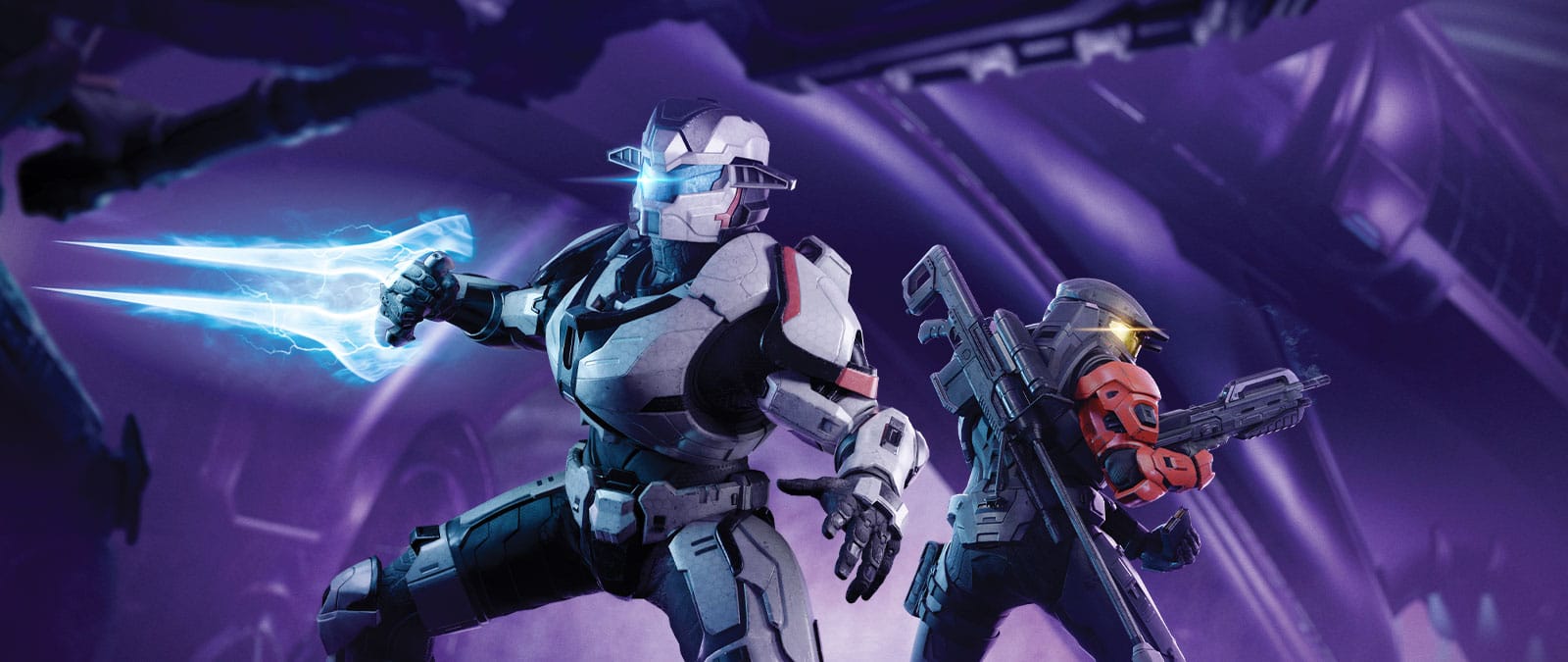
Halo Infinite’s free multiplayer preserves arena purity while embracing modern pacing. The holy trinity—gun, grenade, melee—still drives engagements, but equipment like Grappleshot, Repulsor, and Drop Wall inject fresh decision points without overcomplicating fights. Starts are even, power weapons rotate, and map control is king; out‑positioning opponents matters as much as raw shot. The BR’s headshot pop remains iconic, while sidearms and precision rifles sing at mid‑range. Objective modes—Strongholds, Oddball, Capture the Flag—create dynamic skirmishes where teamwork and timing steal wins. A generous custom games browser, Forge, and frequent playlists keep the sandbox busy, and cross‑platform support widens queues. Progression ties to challenges and seasonal events; microtransactions tilt cosmetic. If you miss classic shooters that value strafing duels, spawn cycles, and set‑piece power plays, Halo Infinite is a refreshing palate cleanser: deliberate, readable, and satisfying, with a skill ceiling built on movement, map knowledge, and cool‑headed utility use—across every arena sightline.
Who it’s for: Arena traditionalists who prefer even starts, power weapon dances, and objective teamwork.
1) Warframe (2013)
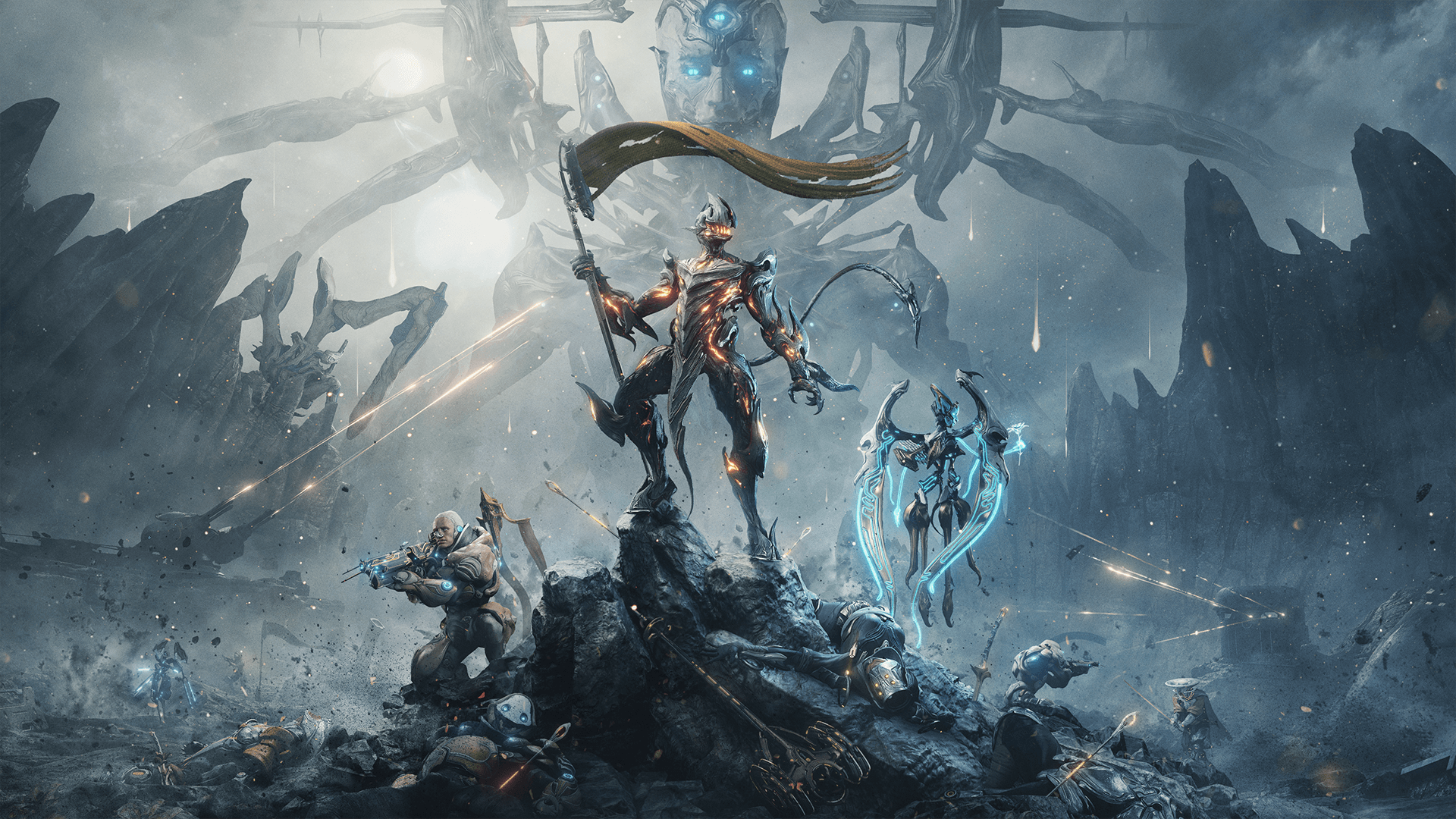
Warframe is a co‑op power fantasy where you sprint, slide, bullet jump, and mow through hordes with acrobatic grace. Dozens of frames each remix the shooter core with wild powers—crowd control, nukes, stealth, healing—letting squads craft synergies for every mission type. The gunplay’s snappy, melee is joyous, and the movement system makes traversal feel like flow state. Its galaxy‑spanning star chart doles out bite‑sized objectives that feed longer grinds toward new frames, weapons, and quirky companions. Story arcs—surprisingly emotional for a looter shooter—unlock bespoke missions and setpieces. It’s generous for free players, with trading and events easing resource gaps; premium purchases skew cosmetic or time‑saving. The early hours can overwhelm, but curated paths and clear junction goals now guide you through the sprawl. Come for the power curve and fashionable space‑ninjas; stay for the constant updates, wild quest twists, and community‑built knowledge that turns experimentation into endgame mastery over years.
Who it’s for: PvE‑focused players who love co‑op, outrageous mobility, and long‑tail progression.





